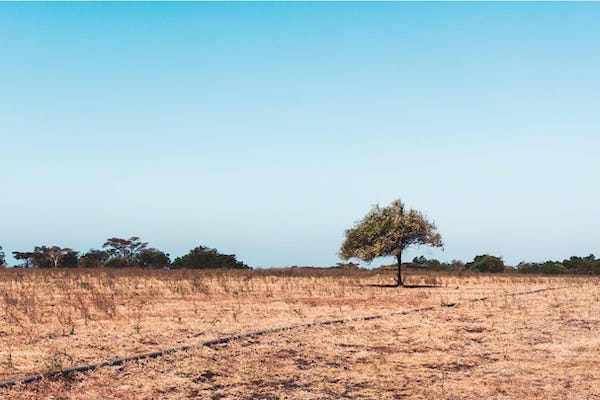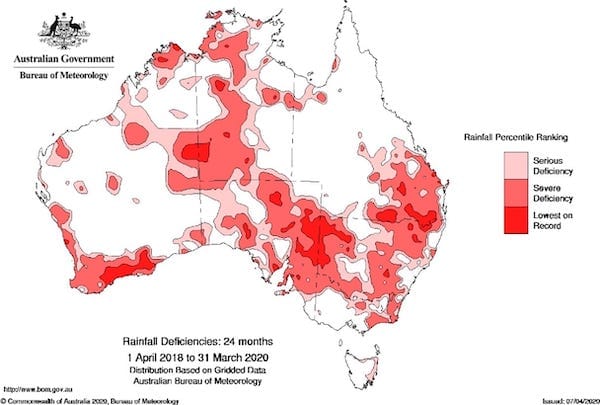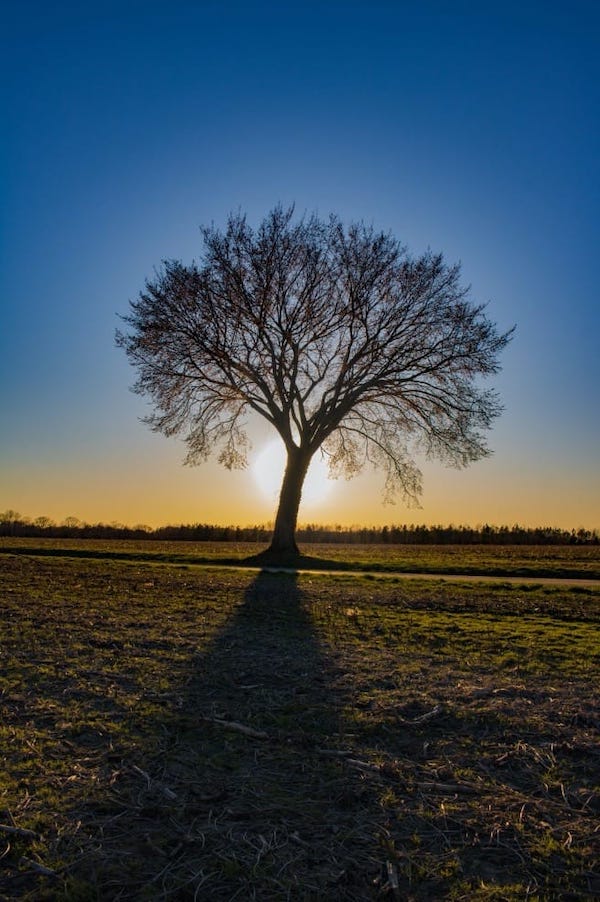Climate change, more frequent heatwaves and longer summers mean one thing. Your farm animals are now more prone to heat stress.
In this article, I will show you how to prevent heat stress in your animals.

Let’s begin by understanding why heat stress is important
I know what you are thinking. You already manage your feeding and grazing routines. Additionally, you also manage pasture fields, sheds, equipment, production, and employees.
So you are sceptical about taking on something more. I get it. I am a third-generation Australian dairy farmer. But this is important.
If you are a dairy farmer, you should know that heat stress reduces milk production significantly. And this should be obvious to you because milk is 85% to 95% water content.
If you are a livestock or beef farmer, you should know that heat stress reduces in-calf rates. It also increases mortality rates of dairy cows by 5.6% and beef cattle by 4.6%.
Also, heat stress can cause your animals to lose weight and increases the probability of disease.
So, it is important to prevent heat stress in your animals.
But, my grandfather never managed heat stress. Why should I?
Agreed. But times are changing, aren’t they?
Let’s look at what’s happening in Australia. The summer of 2002 was one of Australia's driest and warmest years on record. A few years later, in 2009, Australia experienced its second hottest year.
And more recently, in 2018 we had a very low rainfall year. Again in 2019, we had the officially driest November in 2019 that also resulted in the damaging bushfires.

Many studies across the world now tell us that climate change is causing extreme weather patterns. This means we are likely to have more frequent droughts and heatwaves.
This is why we need to design our farms and put in place systems to deal with heat stress.
Why heat stress affects my animals? And how would I know?
Healthy animals maintain their body temperatures within a range. Cows, for instance, will maintain their temperatures between 38.6°C and 39.3°C. To do this, when it is hot, they sweat too cool down. Similarly, when it is cold outside, they burn stored fat to stay warm.
When it is scorching, animals struggle to maintain their normal body temperatures, during the day. But, still, adapt as long as the nights remain cool. However, the problem starts when night temperatures rise.
This is when your animals might start changing their behaviours. For instance, heat-stressed animals would want to stay around shade and water, most of the time.

They might also pant and sweat profusely. In more severe instances, they might cut down or completely stop feeding, as a last resort. This would prevent their bodies from generating additional heat, produced during digestion.
Heat stress effects may also vary based on your animal breed. In general tropical breeds that originally come from hot places will be more heat tolerant, compared to breeds originating from cooler places such as Europe.
For example, in dairy cows, tropical cattle breeds such as the Brahman can better deal with extreme heat, than say European breeds such as the Holstein-Friesian.
Short term strategies to prevent heat stress
One of the first and important things you can do is to reduce any kind of activity between noon up to about 4 in the evening. This means no milking during this time when it is hot.
This also means no pasture grazing your animals directly under the sun. You either graze them under the shade of trees, or you bring them back to their sheds.
Additionally, you could also consider using water to cool down your sheds, yard and animals. This would significantly cut down heat radiation from surfaces. It is critical to ensure that clean, cool drinking water is available to your animals at all times.
During hot periods, as discussed, your animals will sweat a lot to regulate their body temperatures. About 70% of evaporative heat loss will be through sweat, and up to 30% will be through breathing.
This means, along with sweat, your animals will also lose a lot of essential nutrients and salts. So your animals must get enough potassium, sodium and magnesium. You might have to increase your concentrate feeding rates to do this.
Also, during dry periods, you have to take extra care to make sure that your animals get enough grain, fibre content and high-quality protein. Leguminous feeds such as Alfalfa are an excellent choice.
During heat waves and peak summer, as discussed earlier, your animals might not eat enough during the day. Consider, feeding them late in the evenings, when it is cooler. This would help them maintain their live body weight and immunity.

And finally, cut off direct afternoon sun hitting the west side of your animal shed. Use trees, shade nets or any other means to achieve this effect. This will keep your sheds cooler during the evening and provide your animals with the much-needed respite from the heat.
Long term strategies to prevent heat stress
The most important long term strategy to prevent heat stress is to plant more trees on your farm. You probably saw my piece on why you need trees and shelterbelts. If not, please do. It talks about how trees on 8% to 15% percent of the land on your farm can improve your animal health and pasture yields.
Plan to have most of these trees to cut out the direct sun from the north if you are in Australia, New Zealand, Africa or South America. In case you are in the northern hemisphere, cut off the direct sun from the south. It is also useful to have trees cutting out the hot afternoon sun from the west. Learn more on designing shelterbelts here.

Secondly, you can invest in shade, air circulation, and watering systems to cool down your shed and yard, where your animals will spend a lot of their time.
Your shading systems can be as simple as tying up shade nets in strategic locations, or it could be setting up permanent canvas structures.
For air circulation, have several ceiling fans in your shed. A good number to aim for is a fan over approximately 120 square feet (10 ft. by 12 ft.) of floor space. In addition to this, you can also have several exhaust and pedestal fans if you have a high ceiling.
As far as watering systems goes, have enough watering troughs so that your animals always have access to clean, cool drinking water. Additionally, you can also consider investing in some sprinklers to cool down your shed and yard.
And finally, inseminating your animals just before the hot season has its risks. At the same time, you also can't afford to stop insemination completely. But do make sure you assess the pros and cons and take calculated risks. Also, find ways to make up for lost production during the cooler season.
This way, you will be able to maintain animal health, stocking rates and profitability.
Creating a resilient farm
I hope that these strategies give you enough tools, ideas and inspiration to prevent heat stress in your animals effectively.
The systems you put in place will help you over time to reduce costs, improve animal health and increase your profits. It is indeed worth it.
This brings us to an end, I trust that this was useful to you and if so, please do share it with a farmer you know. Thank you.
If you have any questions about preventing heat stress or about improving profits, let me know in the comments below. I will personally answer them.
Until we meet again, Happy Farming!
- The Dedicated Team of Pasture.io, 2020-04-24